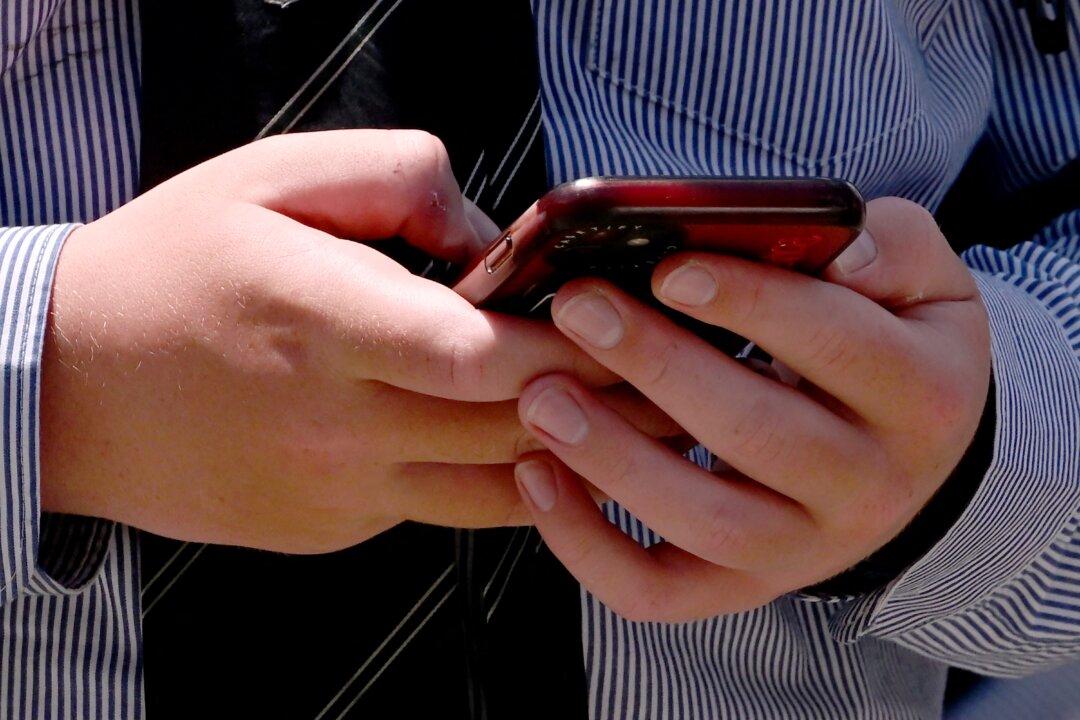Fingernails have many obvious purposes, such as assisting in picking up, scratching and separating items; however, many are not aware that they can also provide important information about a person’s health.
Fellow of the Australasian College of Dermatologists and Head of Research Dermatology at the Royal Melbourne Hospital, Prof. Johannes Kern from the University of Melbourne, said that nails could show symptoms of serious conditions.




